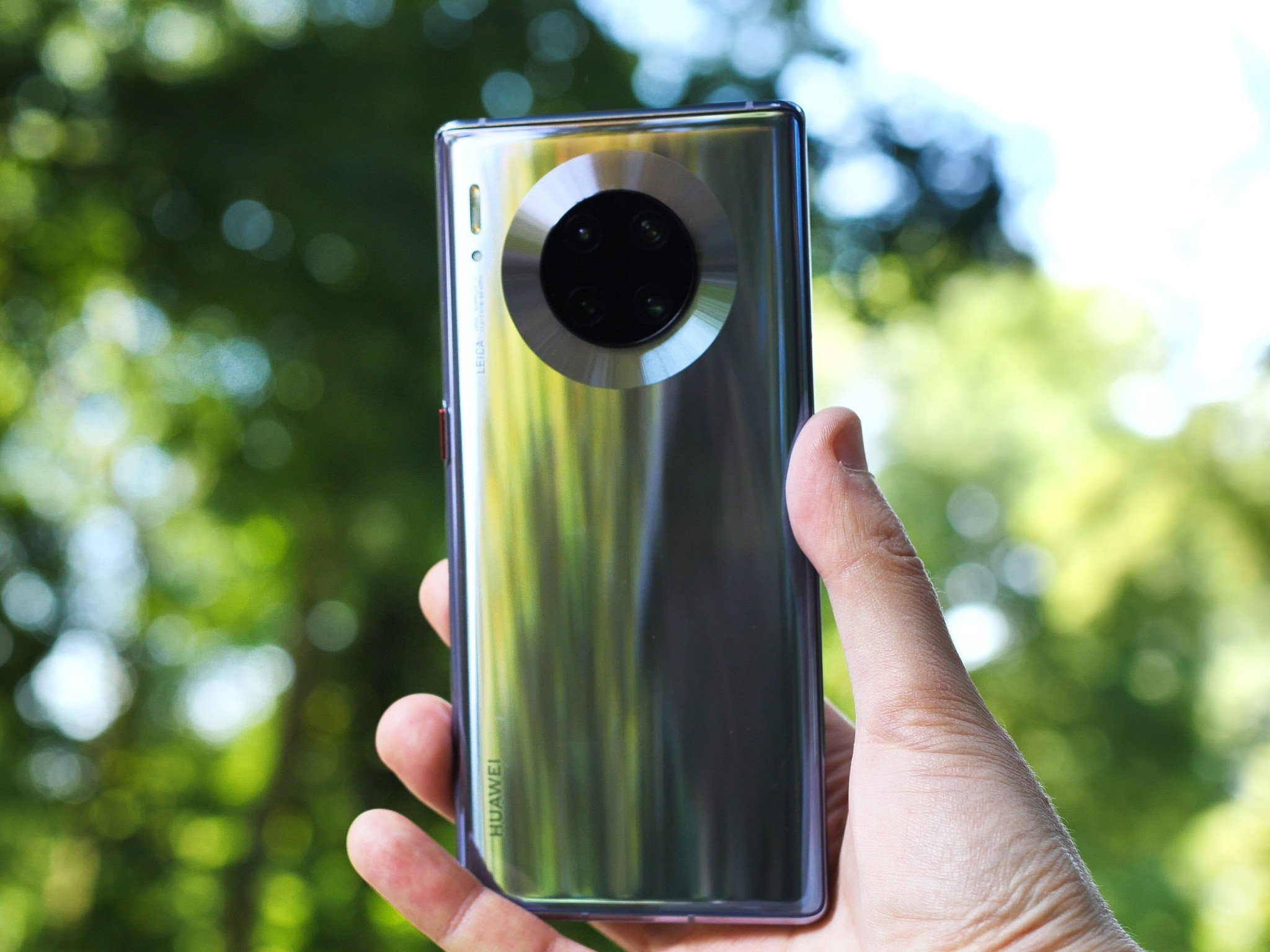
Can Huawei build a Google-free Android that people actually want to use?
I've spent around 10 minutes with a Huawei Mate 30 Pro . I picked up a European friend's review unit, played around with the waterfall display a bit, hungrily took a few photos with its massive cameras, and swiped through an Android UI devoid of any Google services. I promptly returned it to the table.
. I picked up a European friend's review unit, played around with the waterfall display a bit, hungrily took a few photos with its massive cameras, and swiped through an Android UI devoid of any Google services. I promptly returned it to the table.
In contrast, I've spent around 10 months with the Huawei P30 ProThere are significant hardware differences between these two phones, but the biggest has nothing to do with sensors or silicon, but a date. One date in particular, actually: May 16, 2019. That was the day Huawei was added to the Entity List, after which time U.S.-based companies were not allowed to "collaborate" with the Chinese manufacturer. And while many U.S. companies work with Huawei on a number of enterprises, both in the consumer and network space, none is more crucial to the future of the company's handset business than Google.The biggest difference between the Huawei Mate 30 Pro and P30 Pro has nothing to do with sensors of silicon.
And as of May 16 of last year, Google couldn't provide its most important apps — Gmail, YouTube, Maps, Search, Play Store — to Huawei devices released after that time. That meant the P30 Pro could continue to use Google services and receive security patches, but the Mate 30 Pro, released a few months after that, couldn't.
It took months for Google to publically address the problem, but on Friday, February 21, Tristan Ostrowski, the Legal Director of Android & Play services at Google, posted about it.
Due to government restrictions, Google's apps and services are not available for preload or sideload on new Huawei devices.
Because of the government restrictions described above, new Huawei device models made available to the public after May 16, 2019 have not been able to go through this security process nor will they have Play Protect preloaded. As a result, they are considered "uncertified," and will not be able to utilize Google's apps and services.
In addition, sideloaded Google apps will not work reliably because we do not allow these services to run on uncertified devices where security may be compromised. Sideloading Google's apps also carries a high risk of installing an app that has been altered or tampered with in ways that can compromise user security.
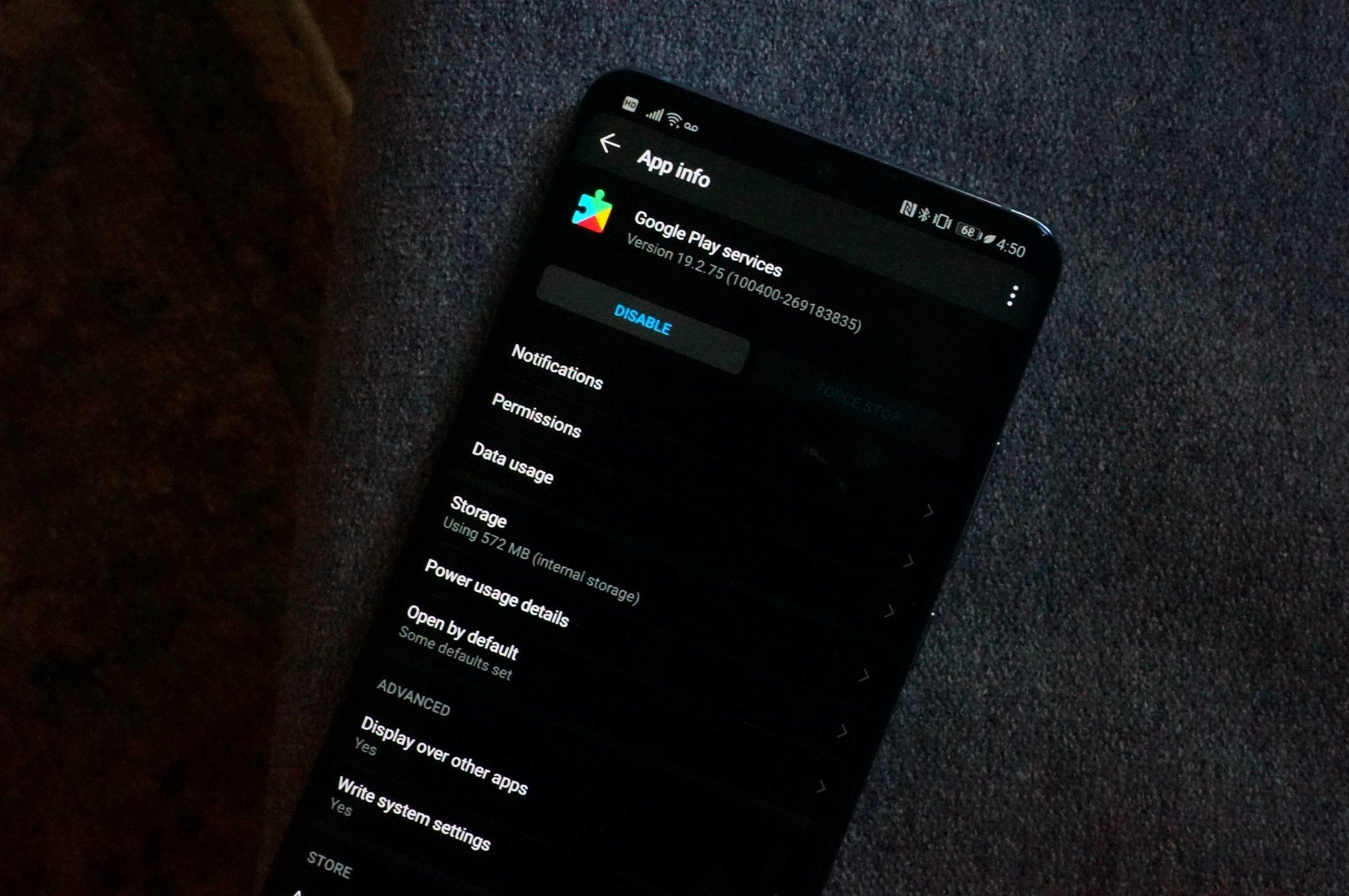
What he's saying is that Google has no choice in the matter, and that it can't condone the sideloading of Google's apps and services. Moreover, he's saying that trying to circumvent those restrictions won't work because Google has a certification program for all devices that run its mobile services, and because newer Huawei phones can no longer be a part of that program, it will trip the alarm.
So Huawei's moving on. It's shoring up its own AppGallery with developer incentives and promises of an alternative app store that will contain the apps and services people expect. It's working with OPPO, Vivo, and Xiaomi to make it easier for developers to upload and maintain their apps in alternative app stores, and it's poised to launch its new phone, the P40 Pro, next month with a renewed message about the viability of a Google-free app experience.
I've been thinking about this a lot lately, about whether my, and likely your, enmeshment with Google's services is a product of their high quality, or the sheer force of inertia that exists within platforms. I genuinely like some of Google's services, but I also know that transitioning away from them would be work.
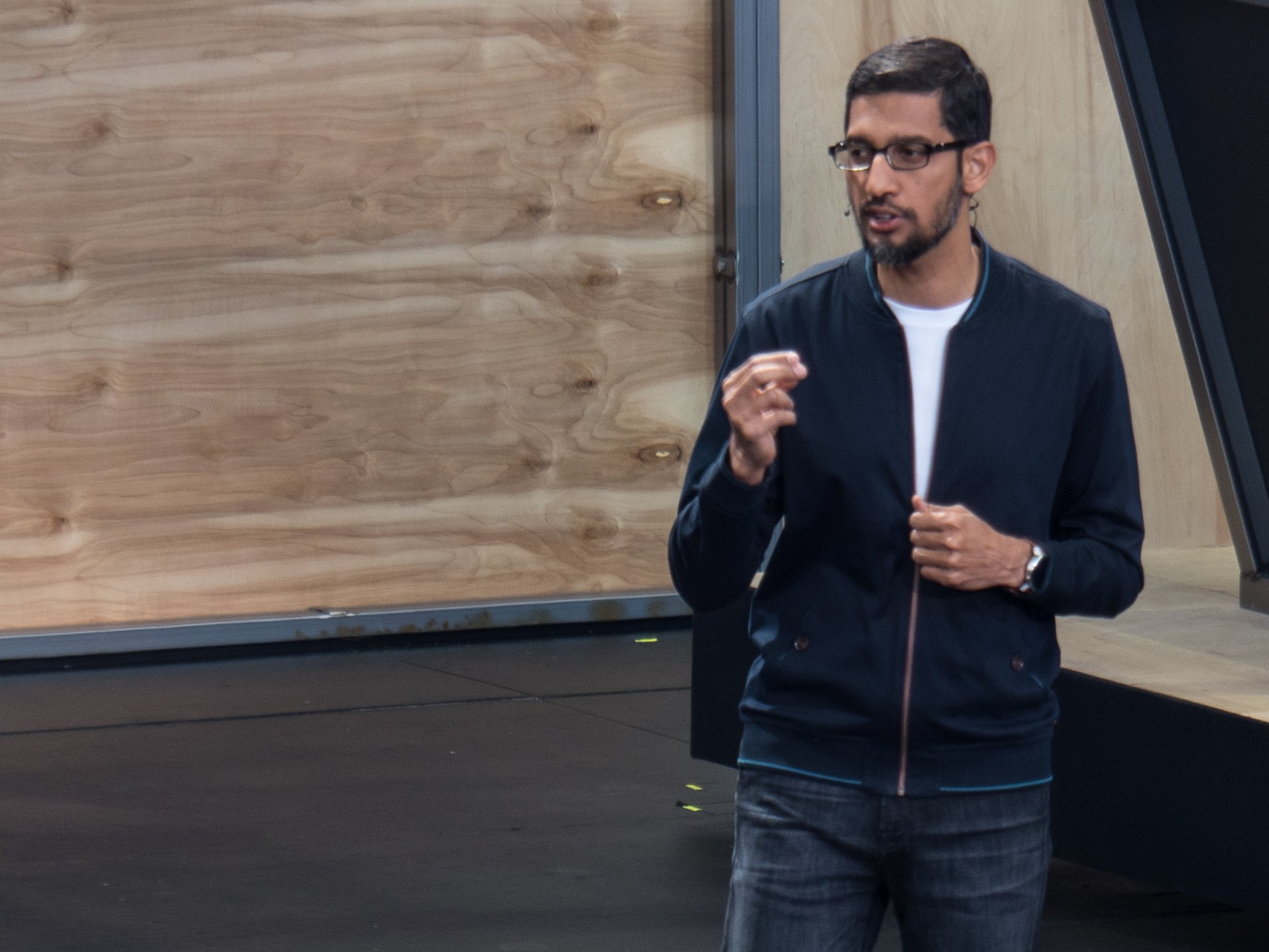
Parallel to Huawei's plight with the U.S. government, Google itself has found itself increasingly scrutinized by regulators and antitrust advocates who say the search giant wields too much power, and that by forcing companies who use Android to bundle their phones with Google services, it stifles competition and makes it impossible for smaller companies to make a dent in the market.
DuckDuckGo, for example, has made this one of its primary operating concerns, and won a recent victory in the EU by becoming one of four search providers for Android users setting up new phones, the result of a $5 billion fine levied against Google in 2018.
Preferencing one's own services over competitors is the prerogative of a platform owner, and at least Google makes it simple to select default apps, theoretically making it possible to ignore many of Google's consumer-facing brands on Android phones. Don't want to use Chrome? Download Firefox and make it your default. Tired of Google Assistant? Alexa would love to be your default smart assistant. Hate YouTube? TikTok is happy to steal hours of your life instead.
Apple still doesn't allow you to change your default apps, and the iOS Mail client is actually a crime — I don't make the rules. The Cupertino-based company is expected to open up access to its default apps in iOS 14, but that it took so many annual revisions to make it happen speaks to how Google and Apple think very differently about these things.
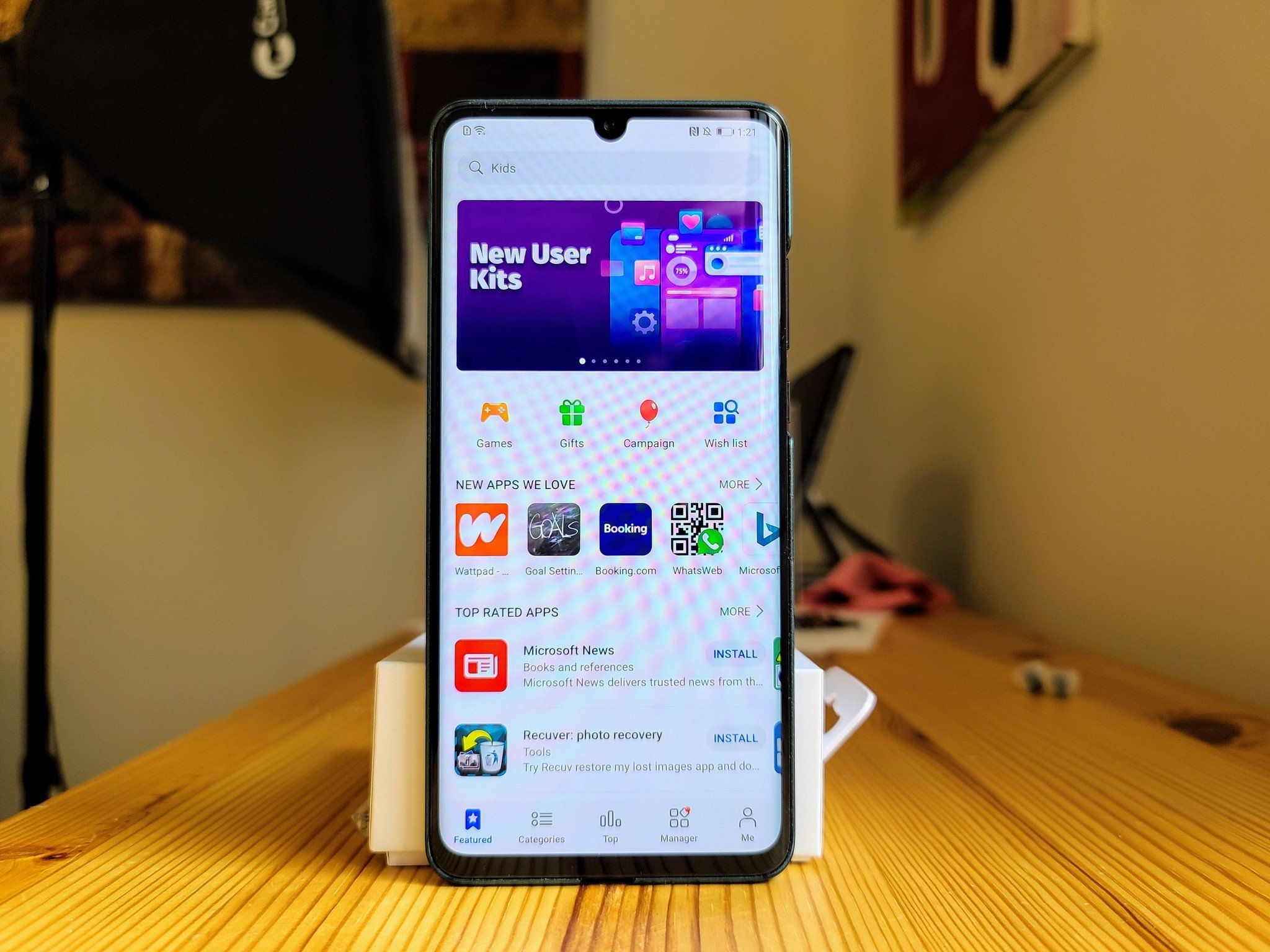
Huawei's AppGallery showcases Microsoft's apps on its front page instead of Google's.
It's in this light that I'm thinking about Huawei's next steps. Sure, it can Windows Phone its way to getting Instagram and Fortnite on its store, but the apps on the AppGallery will only be as useful as Huawei's backend services. Because not only must Huawei do without Gmail and YouTube, it must replace the APIs and hooks that make your favorite app work.
When you open Uber, for instance, the map you see is powered by Google Maps, and the notifications you receive by Google's Firebase notification system. Practically every app on the Play Store uses some of Google's Management Services, and in order to bring Huawei phones to markets where Google's version of Android is dominant, it needs to replace those with its own. Plus, Huawei's AppGallery is completely barren right now for a western user.
Huawei Mobile Services are already a thing — they're used on Huawei's phones in China, where Google doesn't operate. But having it as a backup is very different to using it as the core part of the phone, and that's exactly what Huawei is planning to do, starting with a big push next month with the P40 series. Android Central has learned that Huawei will try to position AppGallery and Huawei Mobile Services as viable replacements for Google in Europe, where the company's smartphone market share is significant, and may even provide 1-on-1 technical support to help people sideload apps that aren't currently available on AppGallery.Most people don't understand that most Android apps, even those from Google's competitors, still use some of Google's backend services.
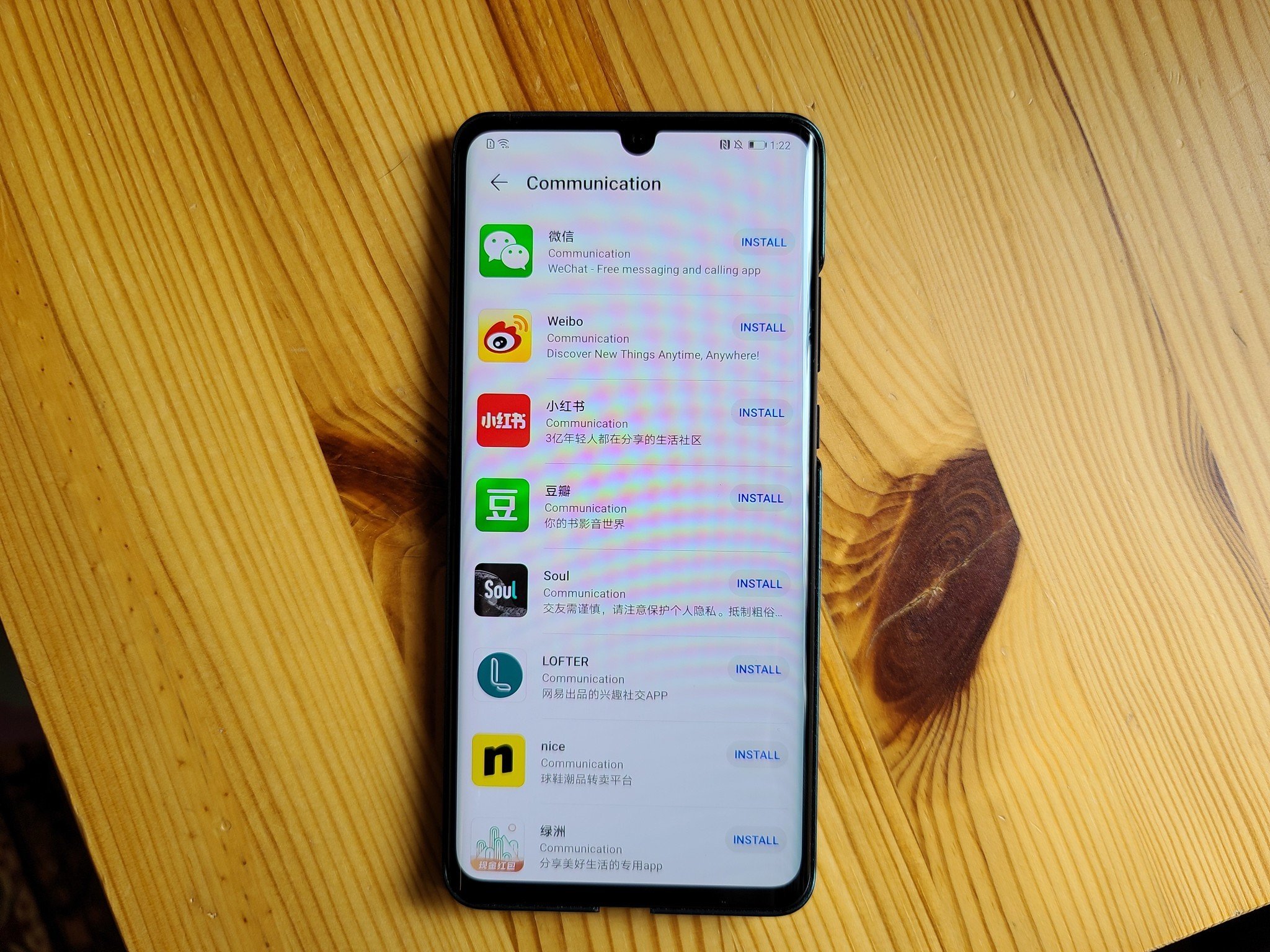
Right now, Huawei's AppGallery is pretty barren, especially for western users.
Huawei isn't the first company to fork Android or replace Google services — Amazon's been doing it successfully for years, and there are a smattering of third-party app stores already — but it's in the best position to mount a campaign that proves it doesn't need Google to continue selling millions of phones in markets where Android is Google, and where Android dominates.
In a recent interview with Chinese-language news site, MyDrivers, Honor's president, Zhao Ming, expressed his company's desire to see Huawei Mobile Services as "the new first" (Honor is a wholly-owned subsidiary of Huawei). He went on to explain that no company has tried to take on Google at this scale because it didn't need to. Now Huawei does, and it will try — very, very hard.
It's unlikely Huawei will be lifted from the Entity List anytime soon, and even if it does, there's no guarantee that it won't be placed right back. So building the infrastructure to continue releasing Android phones that don't need to rely on the political whims of the U.S. government makes sense for Huawei, but it also provides a fascinating look at what a Google-less Android could look like shepherded by a company that has the resources and motivation to see it succeed.
The next year will be very interesting.
Source: http://bit.ly/2HQtexO